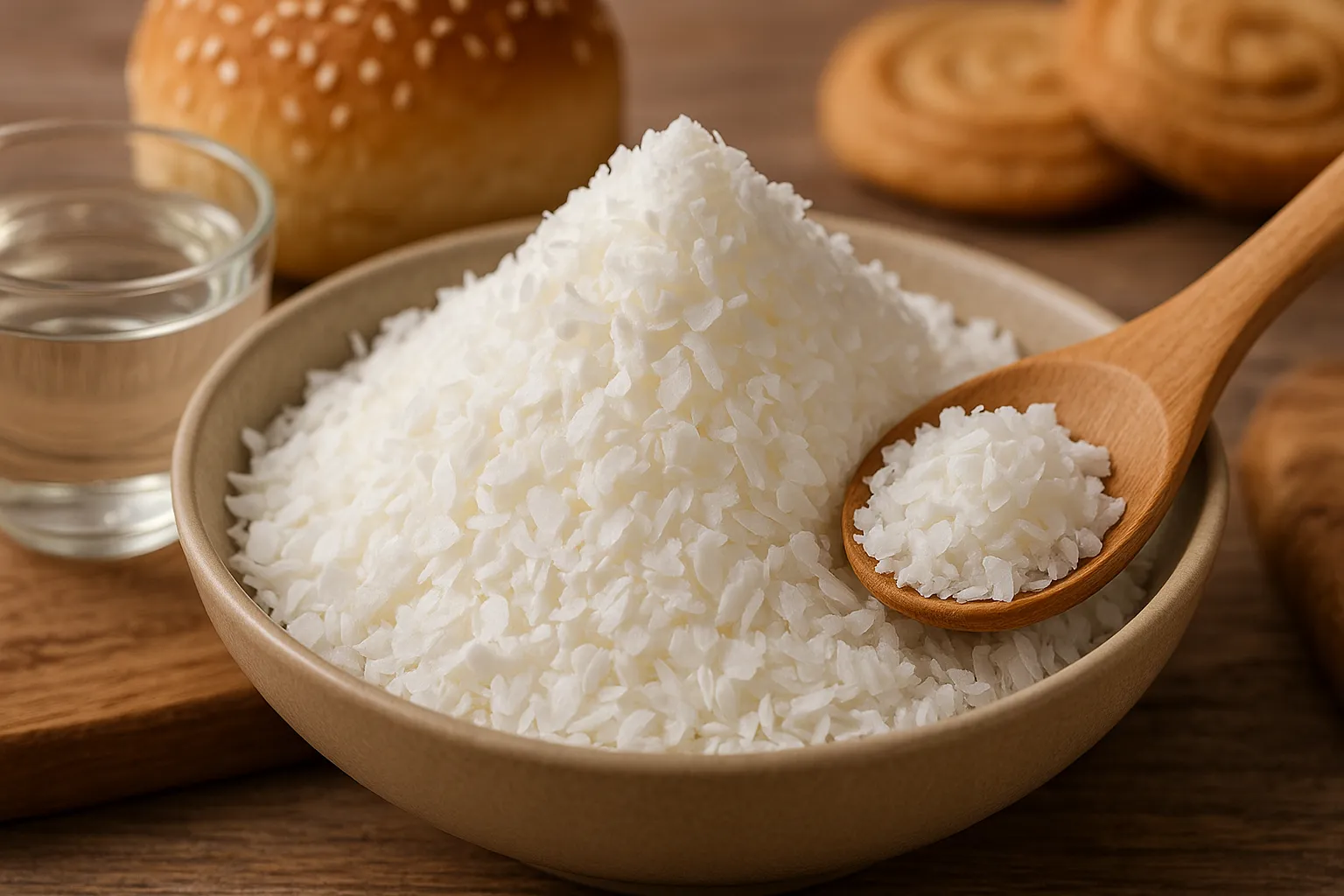Introduction
Glycerol monostearate (GMS), a versatile food additive and emulsifier, is witnessing surging global demand due to its applications in baked goods, dairy, and cosmetics. As 2025 approaches, trade dynamics are shifting, influenced by regional production capacities, regulatory changes, and evolving consumer preferences. This article analyzes the top export and import statistics for glycerol monostearate, offering actionable insights for B2B distributors and manufacturers navigating this competitive market.
The global GMS trade is projected to grow at a CAGR of 4.8% from 2023 to 2025, driven by Asia-Pacific’s booming food processing sector and Europe’s stringent clean-label requirements. We’ll explore the key players, emerging markets, and technological advancements shaping the industry’s future.
Global Demand for Glycerol Monostearate in 2025
The demand for glycerol monostearate is fueled by its multifunctional roles as an emulsifier, stabilizer, and thickening agent. In 2025, the food industry will account for 65% of global consumption, with processed foods and convenience products leading the charge. The cosmetics sector follows closely, leveraging GMS for its texture-enhancing properties in creams and lotions.
Emerging economies like India and Brazil are experiencing accelerated demand due to urbanization and rising disposable incomes. Meanwhile, North America and Europe prioritize non-GMO and organic GMS variants, reflecting stricter regulatory standards. Market analysts predict a 5.2% volume increase in imports by 2025, with Southeast Asia as a critical growth hub.
Top Exporting Countries of Glycerol Monostearate
China dominates glycerol monostearate exports, supplying over 40% of global volume in 2024, with projections to maintain this lead through 2025. Competitive pricing and large-scale production capabilities make it a preferred supplier for B2B buyers. Germany and Malaysia follow, specializing in high-purity GMS for pharmaceutical and premium food applications.
Notably, India is emerging as a key exporter, with a 15% year-on-year increase in shipments, supported by government incentives for chemical manufacturing. The U.S. remains a niche player, focusing on bio-based GMS for sustainable markets. Exporters are investing in R&D to meet diverse regional specifications, such as Halal and Kosher certifications.
Leading Import Markets and Growth Regions
The EU is the largest importer of glycerol monostearate, driven by its robust bakery and confectionery industries. Germany, France, and the Netherlands collectively account for 30% of global imports, with a preference for sustainably sourced ingredients. The Asia-Pacific region, led by Indonesia and Vietnam, shows the fastest growth, with imports expected to rise by 7% annually until 2025.
Africa’s import demand is also climbing, particularly in South Africa and Nigeria, where processed food adoption is accelerating. However, logistics bottlenecks and tariff barriers in some regions pose challenges. B2B distributors must prioritize partnerships with local regulators to streamline supply chains.
Key Applications Driving Trade Volume
In food production, GMS is indispensable for improving shelf life and texture in products like ice cream, margarine, and whipped toppings. The shift toward plant-based alternatives has further boosted demand, as GMS enhances the mouthfeel of dairy-free products. Industrial applications, including plastics and textiles, contribute 20% of total consumption.
The pharmaceutical sector’s reliance on GMS as a tablet binder and emulsifier is growing, particularly in generics manufacturing. Innovations like nano-emulsification are expanding its use in nutraceuticals, creating new opportunities for exporters. Market differentiation through application-specific formulations will be crucial for suppliers.
Challenges and Opportunities in the GMS Market
Volatile raw material costs, particularly for palm oil (a primary GMS feedstock), threaten profit margins. Geopolitical tensions and trade restrictions, such as Indonesia’s 2024 palm oil export caps, add complexity. Suppliers must diversify sourcing strategies to mitigate risks.
Opportunities abound in sustainable and bio-based GMS, with brands like Cargill and BASF investing in green chemistry. Digital B2B platforms, such as Food Additives Asia, are streamlining global trade, enabling real-time price comparisons and supplier verification. Collaboration with R&D institutes can unlock novel applications, ensuring long-term market relevance.
Conclusion
The glycerol monostearate market in 2025 will be shaped by Asia’s export dominance, Europe’s quality-driven imports, and innovation in sustainable variants. B2B players must adapt to regional regulations, invest in supply chain resilience, and leverage digital tools to capitalize on growth. For tailored sourcing solutions, connect with experts via Food Additives Asia’s platform to navigate this dynamic landscape.

Leave a Comment